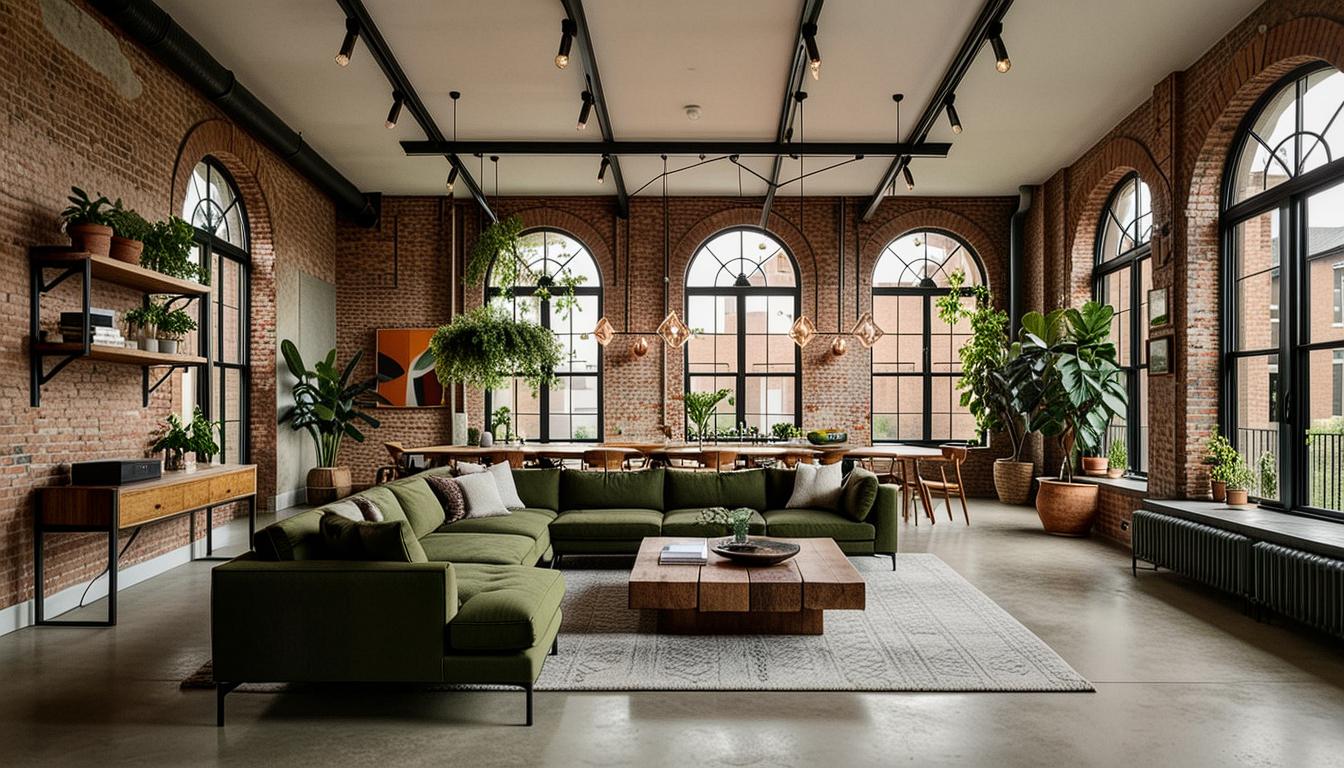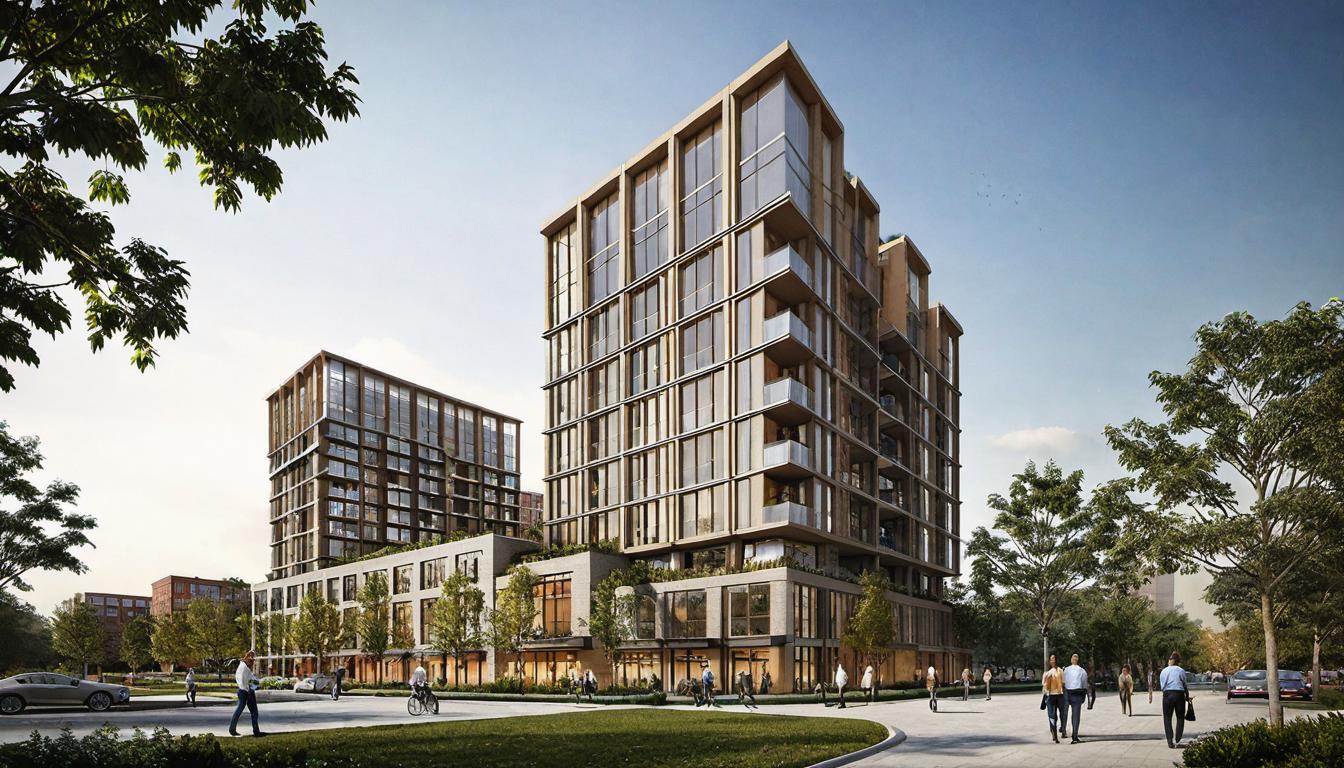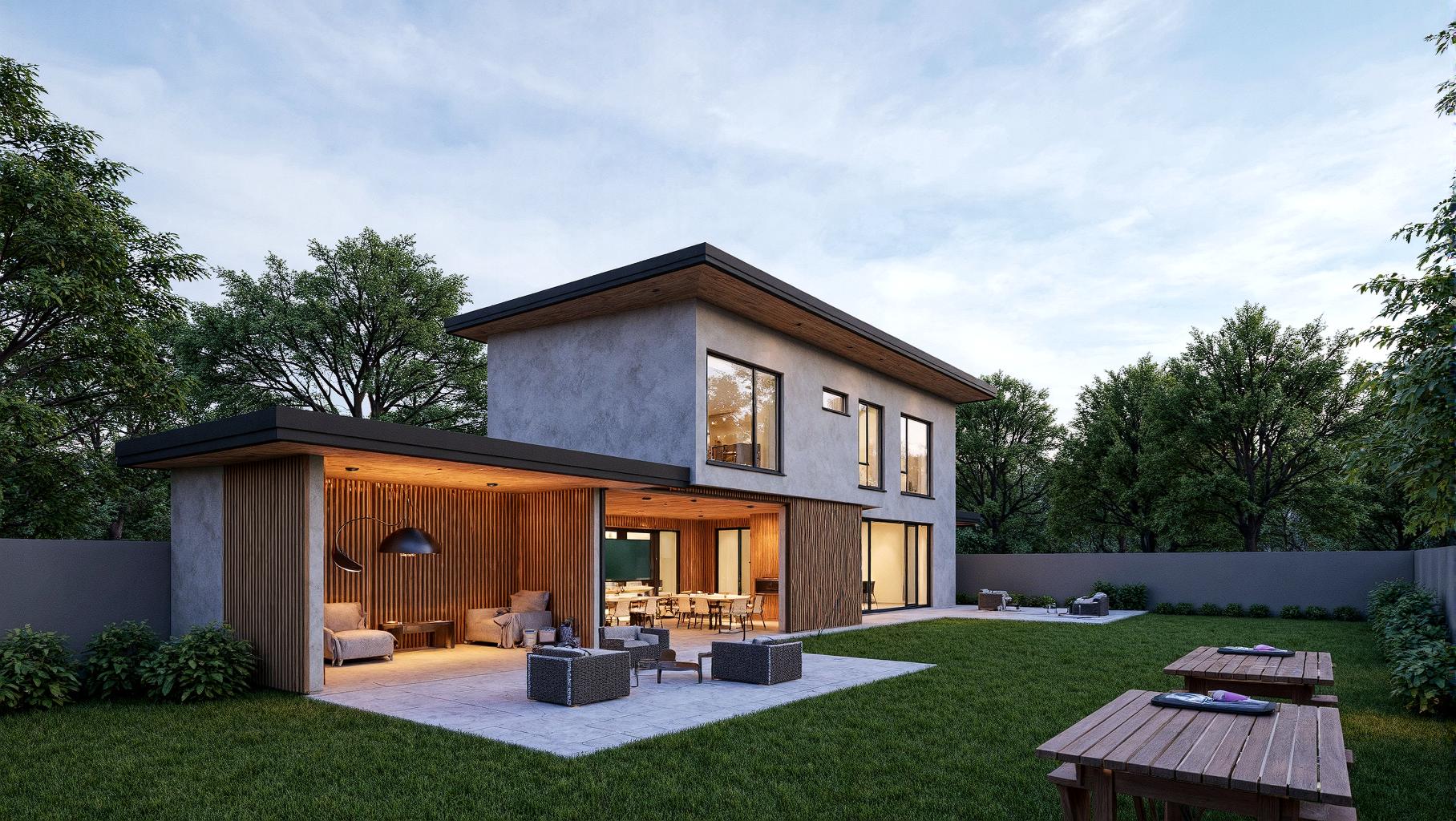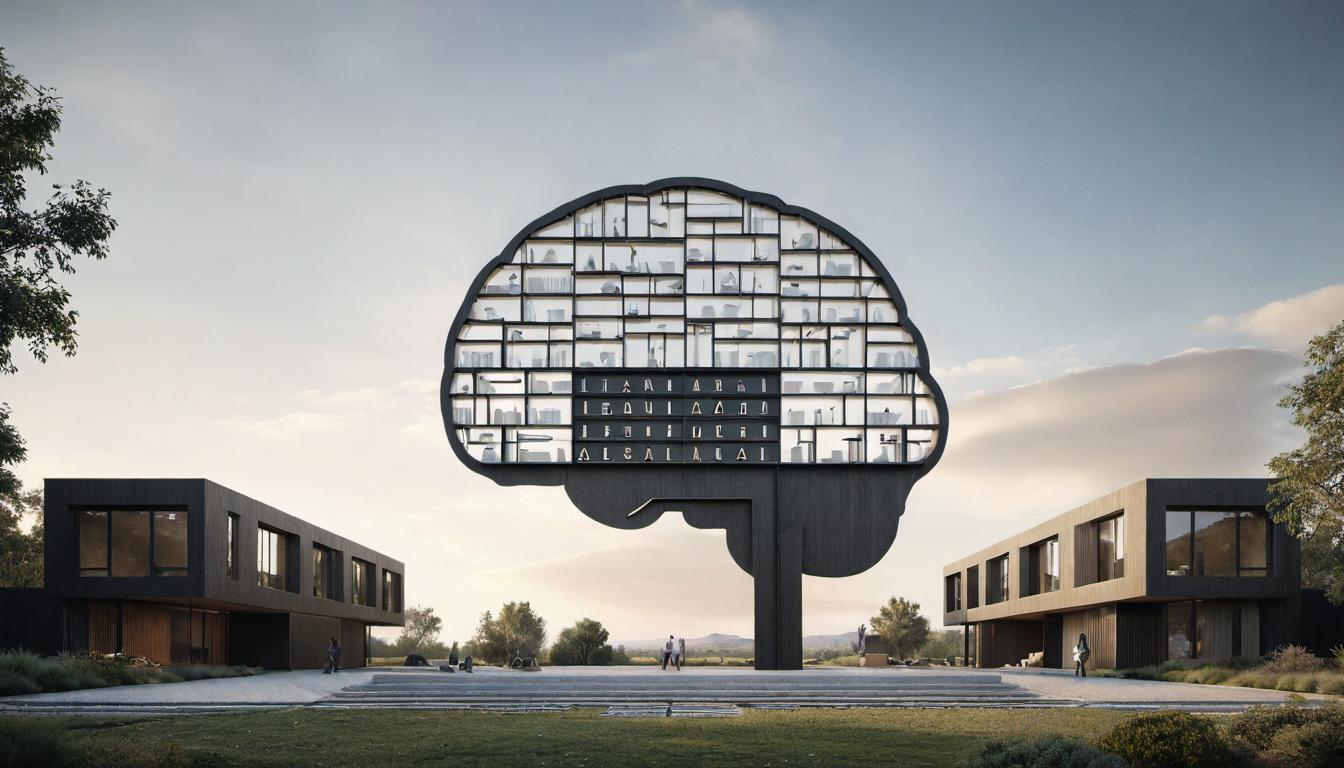INTRODUCTION
Architectural visualization, often referred to as archviz, plays a crucial role in bringing architectural designs to life. A vibrant archviz render is not only eye-catching but also effectively communicates the client’s vision. But what does it take to add vibrancy to your render? Understanding common challenges and finding ways to improve your render’s appeal are key.
UNDERSTANDING ARCHVIZ AND ITS IMPORTANCE
- Archviz is the art and practice of creating two or three-dimensional images or animations showing the attributes of a proposed architectural design.
- It helps stakeholders visualize what an architectural design will look like in reality, offering insights earlier on in the project.
- There’s a growing trend in archviz to create more immersive and interactive models, including VR experiences.
- Ensuring client satisfaction in archviz means listening to their needs and translating them into vibrant, engaging renders.
PRACTICAL STEPS FOR IMPROVING RENDER VIBRANCY
- Propose ideas early and consult with the client to ensure the end result aligns with their vision of vibrancy.
- Utilize varied lighting setups – different times of day can offer diverse moods and vibrancy to your render.
- Show the building’s surroundings to provide context, enriching the render with ambient factors.
- Add 3D assets like furniture, plants, or vehicles to make the scene feel lively and complete.
- Manage your assets wisely to avoid clutter and ensure efficiency.
- Create custom 3D models when specific assets better meet your project’s unique requirements.
- Select appropriate textures and materials to echo real-life finishes, adding depth and vibrancy.
- Maintain a well-organized library for easy access to the materials and assets you use most often.
IMPROVING RENDER EFFICIENCY
- Pre-designed assets can accelerate your workflow by decreasing the need to craft every detail manually.
- Rendering software that specializes in texture work can save time while enhancing quality.
- Modern tools and plugins facilitate tasks such as light setups and camera positioning.
- Using render farms can drastically reduce render times by processing frames in parallel.
ATTENTION TO DETAIL IN RENDER PROJECTS
- Position the camera at an eye-level angle to offer a relatable human perspective.
- Ensure the scene’s white balance accurately reflects real-world lighting.
- Adjust the camera’s focal length to capture the right level of detail and ambiance.
- Focus on photorealistic rendering techniques to create a realistic and engaging scene.
EMERGING 3D VISUALIZATION AND INTERIOR DESIGN TRENDS
- There’s been a move towards brighter, more colorful interiors over monochrome looks.
- Earthy tones are being incorporated, with natural materials taking center stage.
- Curved furniture is gaining popularity for its uniqueness and comfort.
- Mixing materials—like wood, metal, and stone—add texture and interest to designs.
- Homes are now designed to be functional for multiple uses, reflecting changes in lifestyle.
FAQs
Addressing common questions about enhancing render vibrancy with color and design:
- How can proposing ideas early on lead to a more vibrant architectural render? Proposing ideas early allows for planning vibrant color schemes and designs thoughtfully.
- How can different light conditions improve architectural visualization? Various light conditions add personality and depth to renders, making them more vibrant.
- Why is it important to show surroundings of the building in architectural rendering? Surrouondings enhance realism by showing the building’s relationship with its environment.
- What are the benefits of using pre-designed assets in architectural rendering? They save time, enabling you to concentrate on larger elements and intricate details.
- How has the pandemic shifted interior design preferences? There’s now a focus on multi-functional, nature-inspired spaces to accommodate changing home roles.
FINAL THOUGHTS
Architectural visualization holds immense value in demonstrating the strength of designs to clients. Using vibrant renders meets modern expectations and showcases your creative vision, engaging viewers effectively. Attention to detail, organized workflows, and understanding client wishes are critical in crafting compelling architectural visuals.






